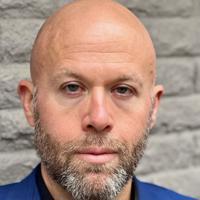On the Nose: Nasality as Percept and Physical Reality
Thursday 9th May 2024, 5:00 PM - 7:00 PM (London Time)
Nasality has a long history of consideration in singing teaching. Even early voice treatise author Pierfrancesco Tosi addressed nasality in his writing, stating: “…the voice of the scholar… whether it be di petto or di testa, should always come forth neat and clear, without passing through the nose, or being choked in the throat; which are two of the most horrible defects in a singer". Tosi’s quote reveals an obvious stylistic aesthetic preference, but one that was likely based on tone or timbre, rather than any physical reality.
Empirical studies that have sought to ascertain whether expert listeners agree on the timbral quality of 'nasality' have historically fallen short of finding listener agreement on the sound of perceptual nasality. Still, if you inquired of voice teachers whether they could perceptually identify nasality, most often they would claim that they could.
There have been other studies which have measured velopharyngeal opening by means of acoustic or aerodynamic signal through the nasal cavity during singing. Most of these have focused on the use of nasal airflow near passaggi.
This course will address three perspectives on nasality:
1) Distinctions between nasal airflow and audio signal (velopharyngeal opening) and perception;
2) Deciphering between the two timbral qualities commonly related to nasality - twang and honk - and which are related to velopharyngeal opening;
3) The pedagogic usefulness of velopharyngeal opening to reduce laryngeal instabilities near points of registration shifts.
Nicholas Perna
Tenor Nicholas Perna is Associate Professor of Voice and Producer for Lyric Stage at Mississippi College, Vice President for Outreach for NATS, the creator and co-host of the VocalFri Podcast, and has presented research on four continents. His voice has been hailed by the Houston Chronicle as “an impressive sound", and the South Florida Sun Sentinel praised his “emotionally driven performance".
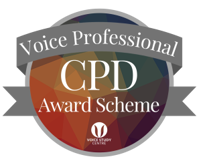
Attend this course for as little as £22 as part of the Voice Professional Training CPD Award Scheme.
Learn MoreSorry, this is an archived short course...
We have plenty of upcoming short courses coming soon. See details of some of them below or look at the full list of short courses.
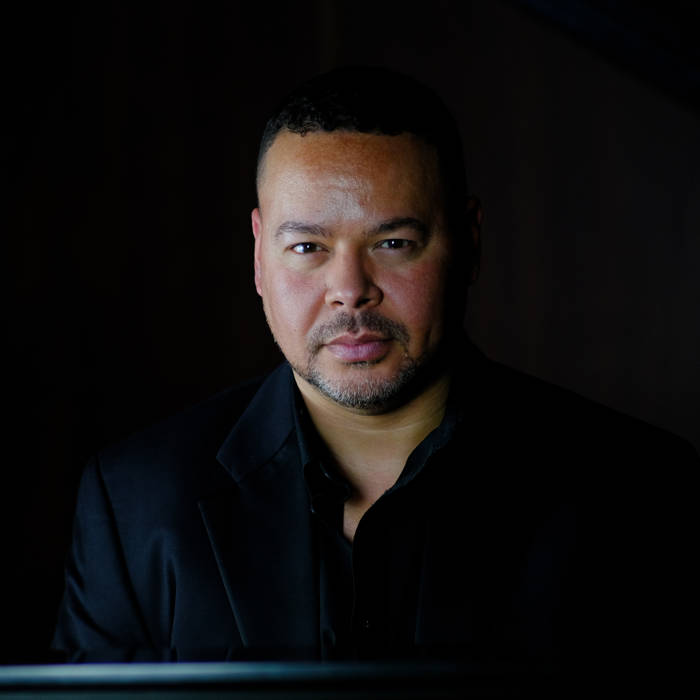

Thursday 18th December 2025
3:00 PM - 5:00 PM
(London Time)
Improving Lyric Italian Diction for Classical Singers

Professor Conroy Cupido
Join Professor Conroy Cupido as he offers an in-depth exploration of the most frequent pronunciation errors made by classical singers in Italian lyric diction. Designed for both emerging and advanced singers, the course provides a structured and practical approach to mastering Italian pronunciation as used in opera, oratorio, and art song.
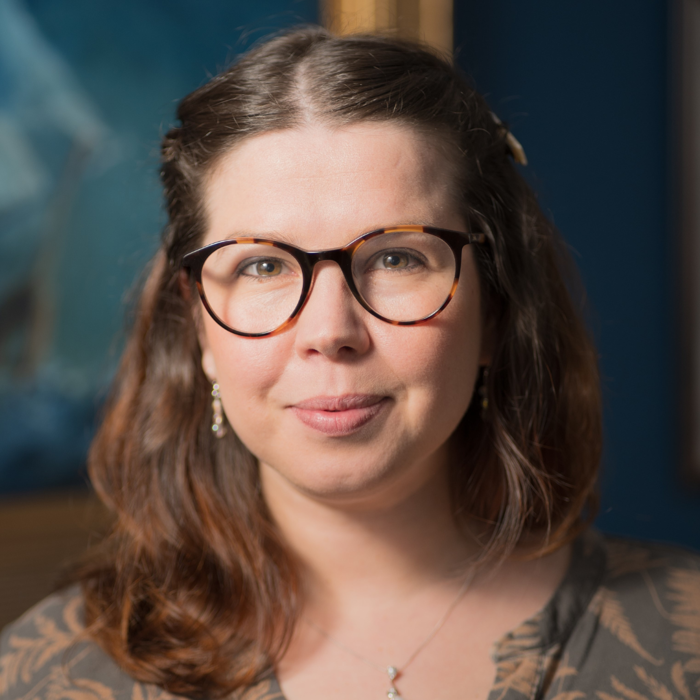
Monday 12th January 2026
12:00 PM - 1:30 PM
Tuesday 13th January 2026
12:00 PM - 1:30 PM
Wednesday 14th January 2026
12:00 PM - 1:30 PM
Thursday 15th January 2026
12:00 PM - 1:30 PM
Tuesday 20th January 2026
12:00 PM - 1:30 PM
Wednesday 21st January 2026
12:00 PM - 1:30 PM
(London Time)
Level One Certificate in Accents and Phonetics

Louisa Morgan
Are you a voice, acting, or singing coach looking to expand your expertise and add accents and phonetics to your teaching repertoire? This 6-session course covers essential topics such as articulatory, acoustic, and auditory phonetics, the International Phonetic Alphabet (IPA), and ethical approaches to accent and dialect coaching. By the end of this course, you'll be equipped with the knowledge and practical skills to start to bring phonetics and accent coaching into your coaching and provide more comprehensive support to your clients.
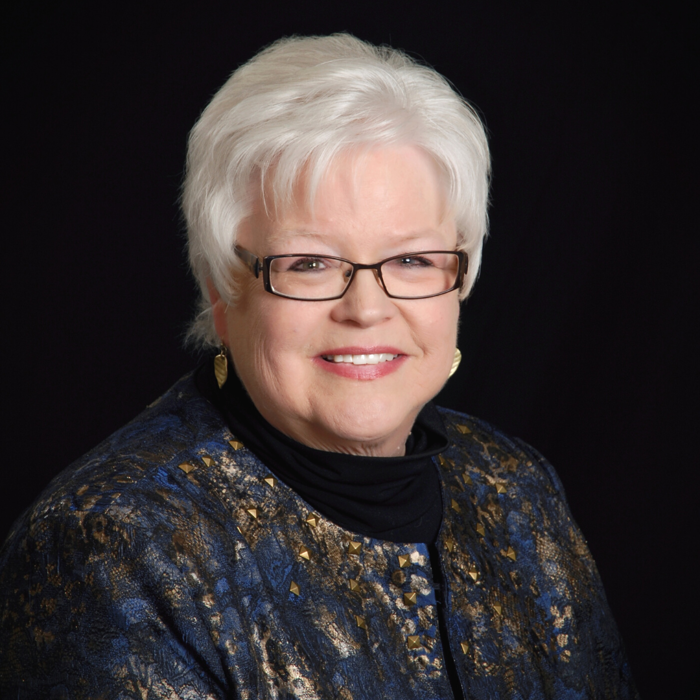

Monday 12th January 2026
2:00 PM - 4:00 PM
(London Time)
Emerging and Developing Voice: Singing and Speech

Karen Brunssen
How does the singing voice influence the speaking voice? How does the speaking voice influence the singing voice? When is there a disparate relationship between the two? Can they help each other? Can one harm the other? How can we use them positively in the voice studio. During this short course we will consider the voice as we sing and as we speak. The acquisition of language is a very interesting journey from birth through old age. We will broach the topics of “lexical” which refers to learning words, and “semantic” which is how we use words in the context of language.
